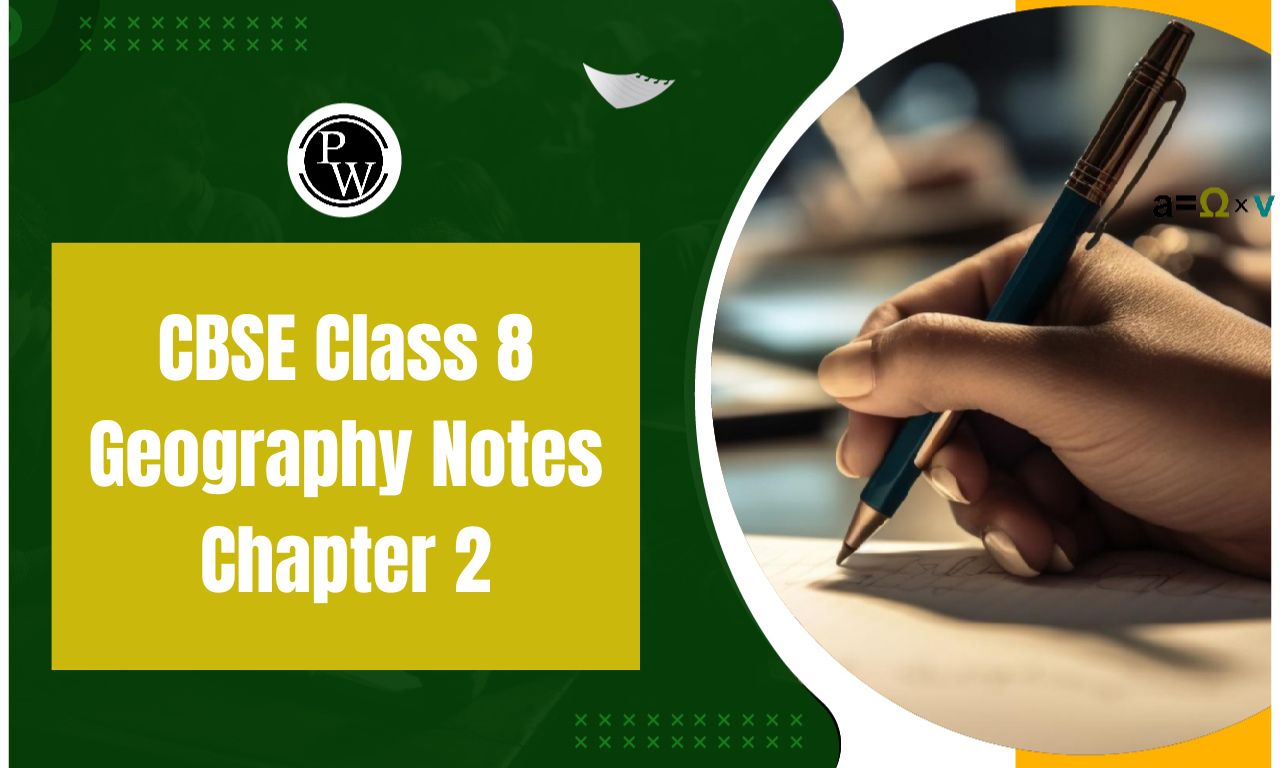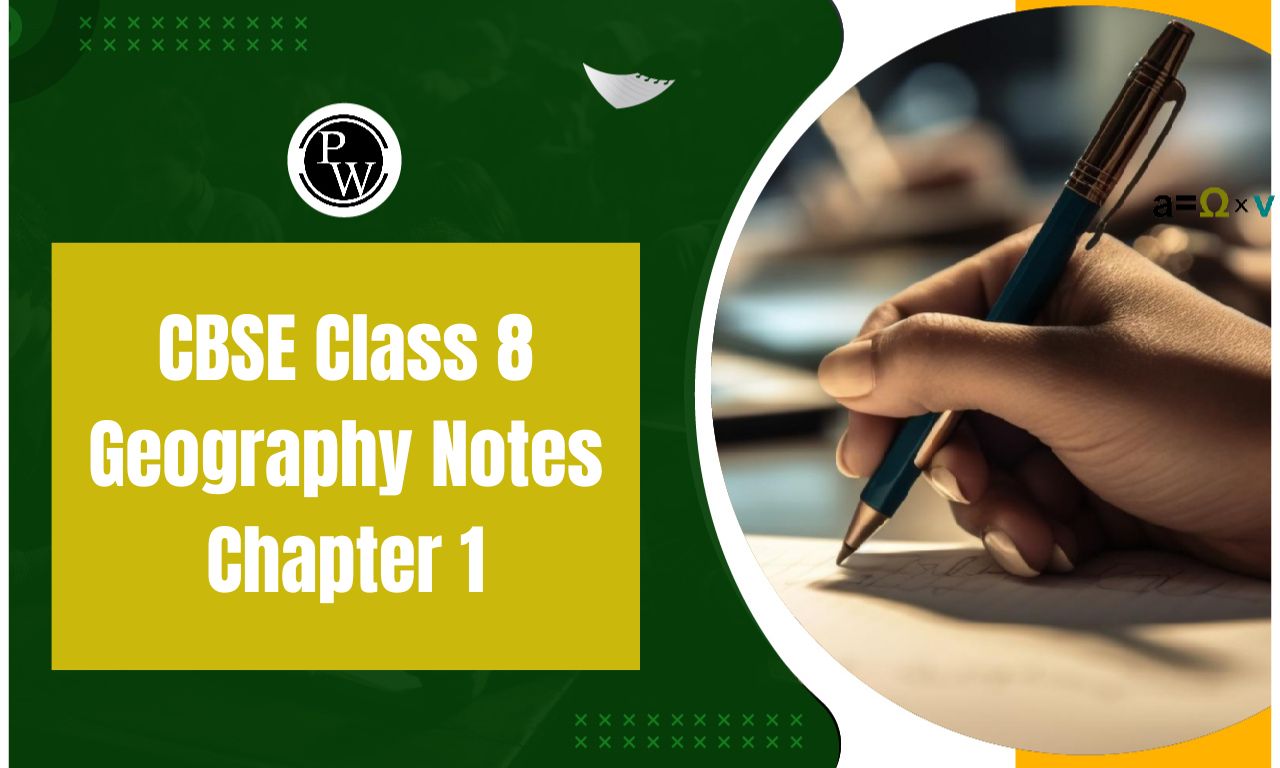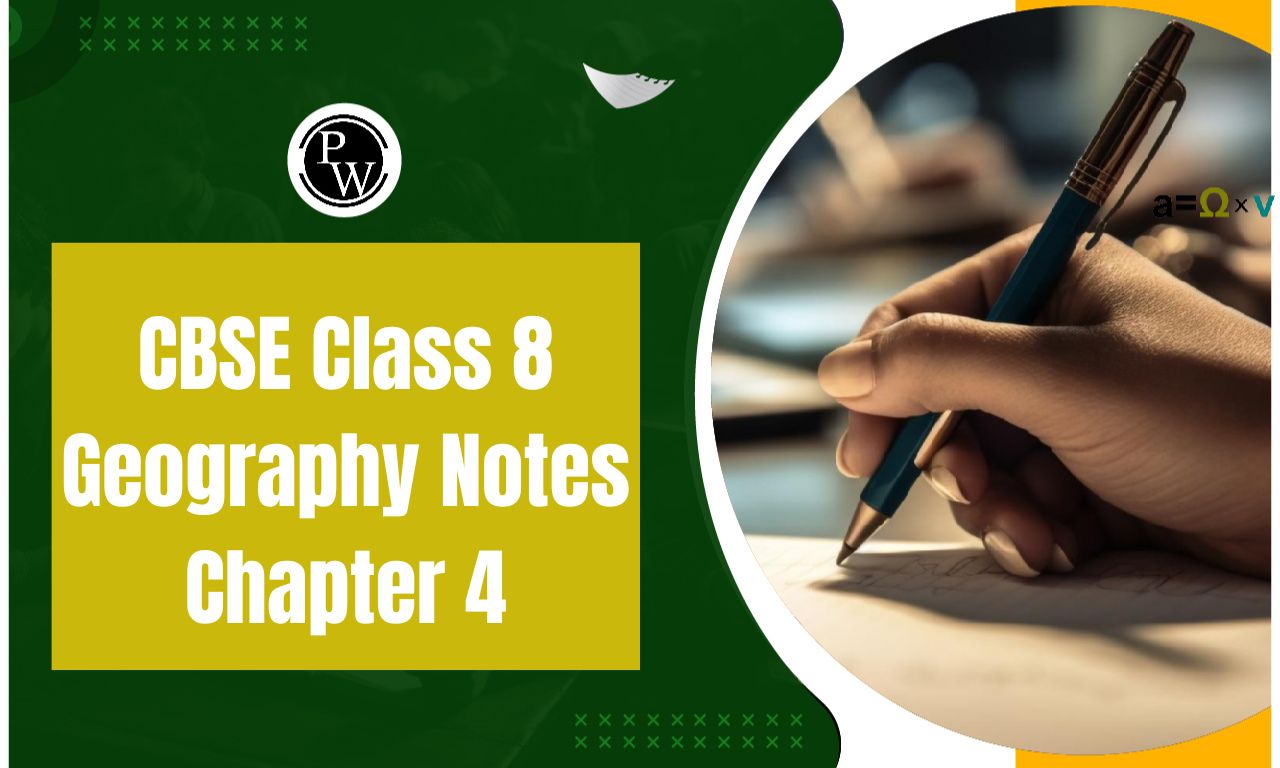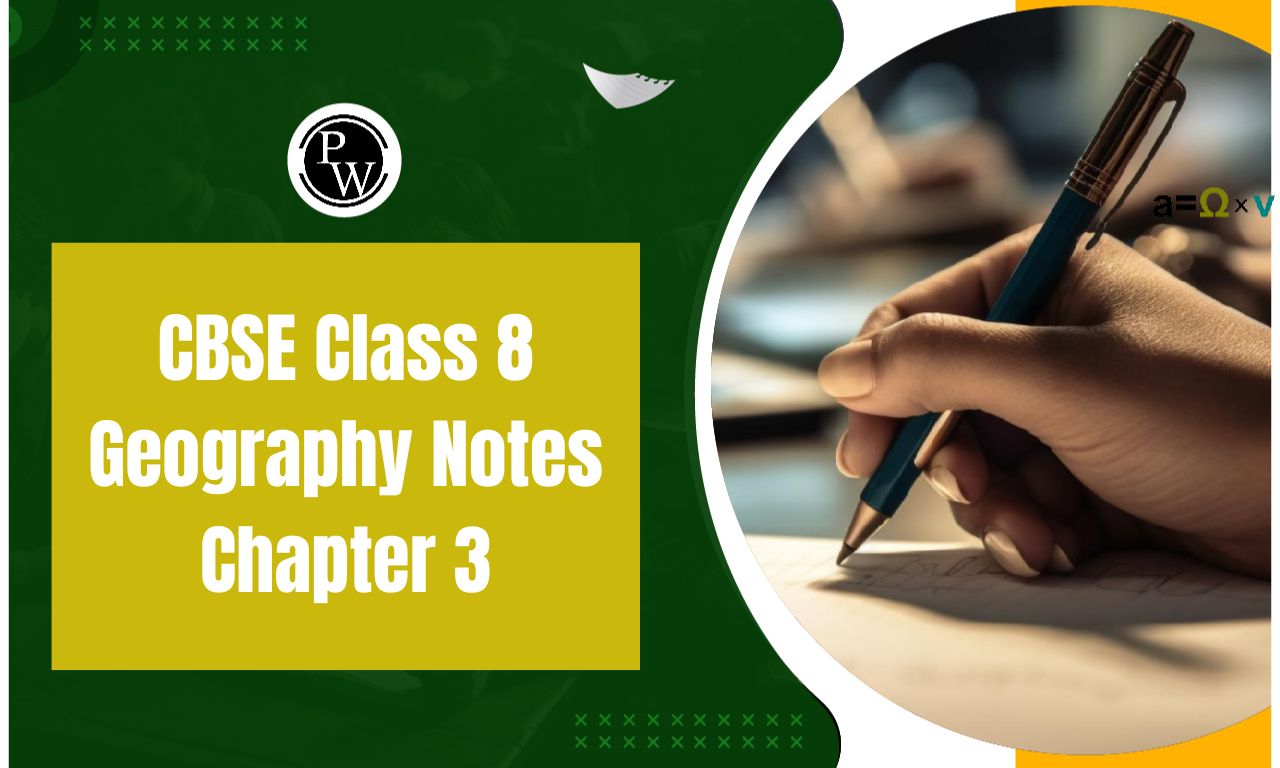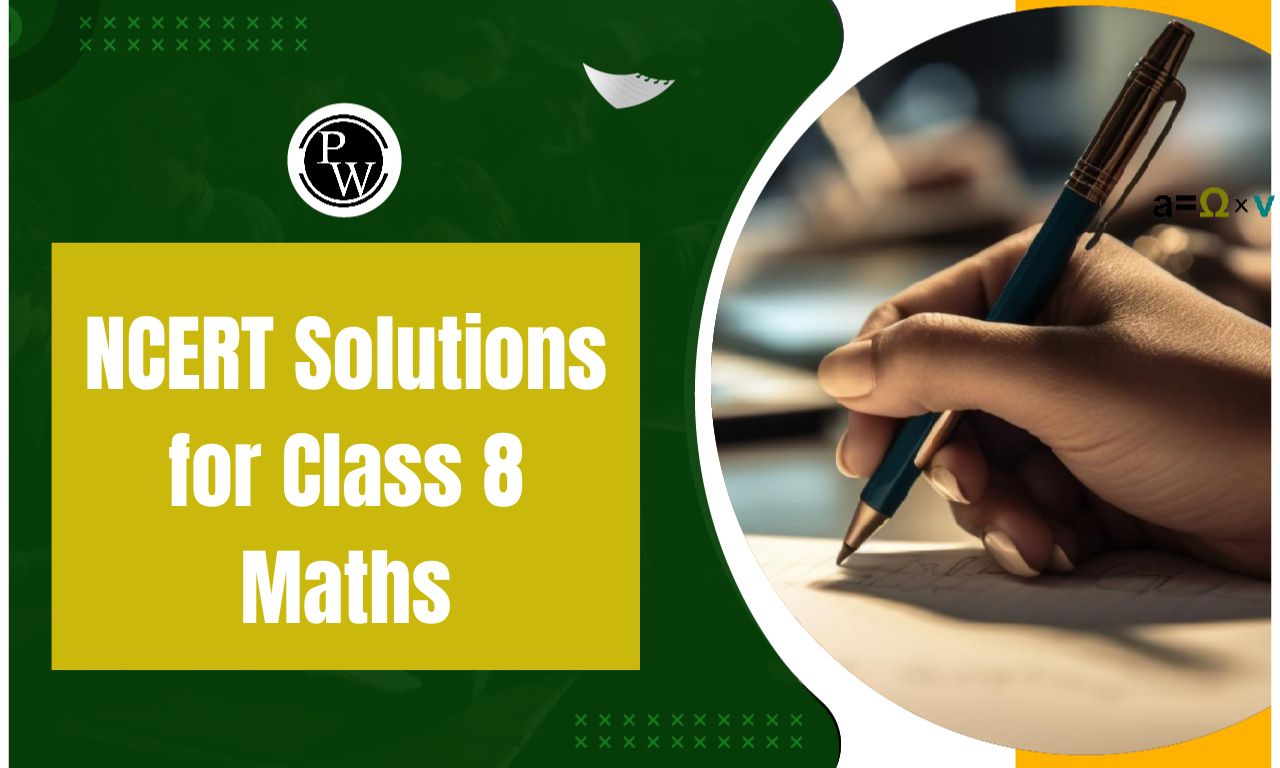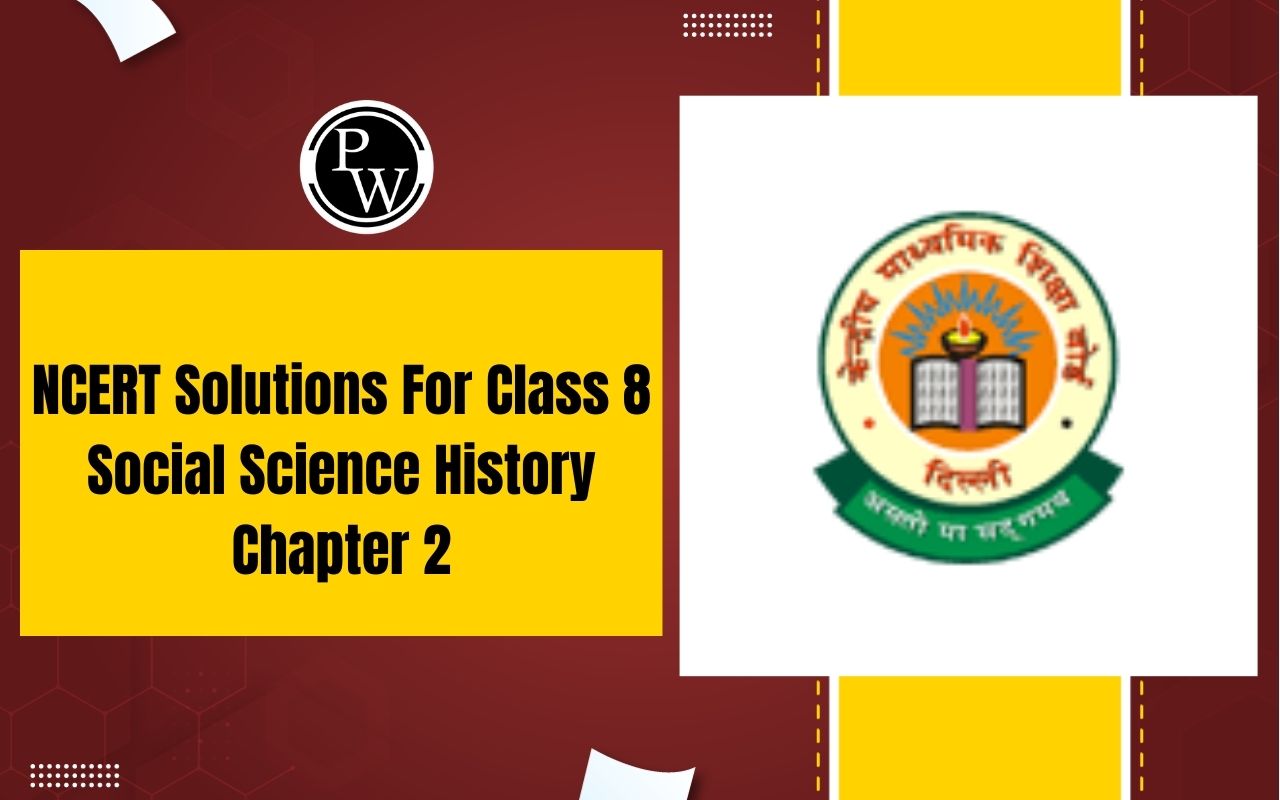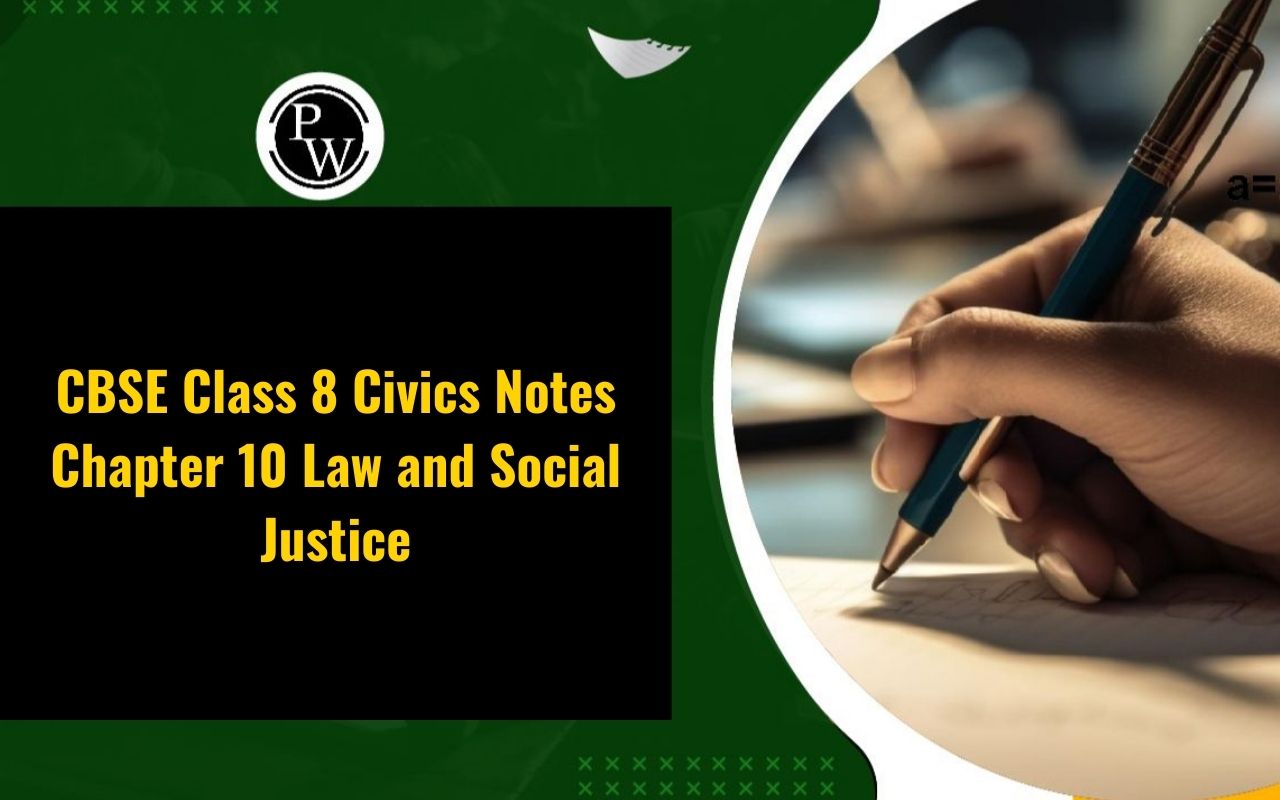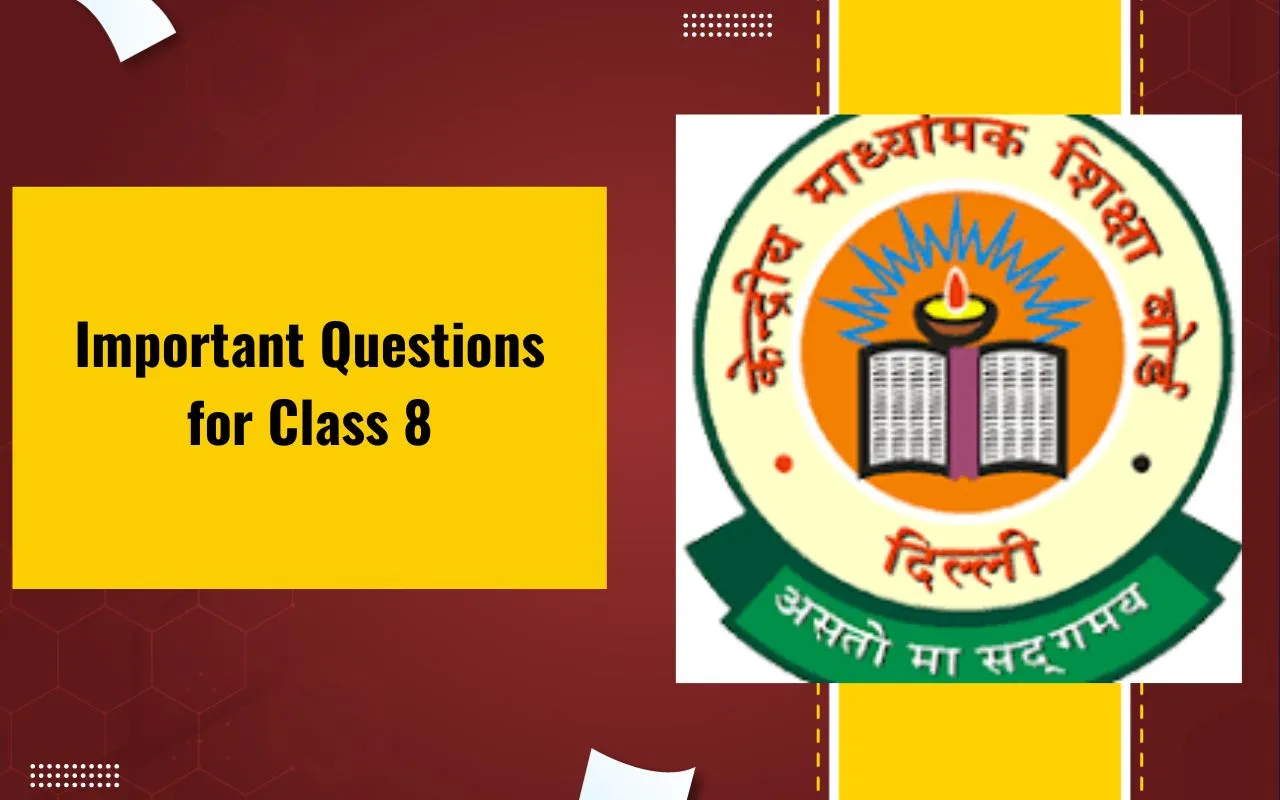
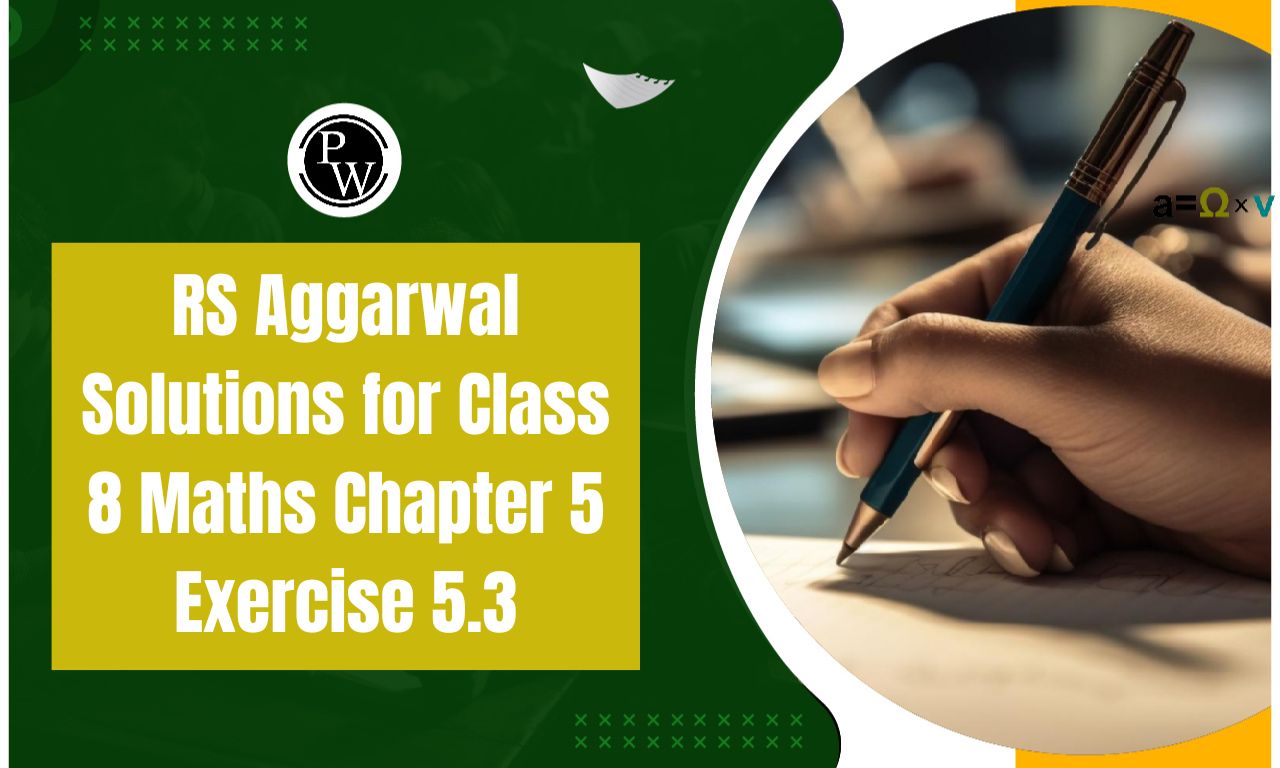
RS Aggarwal Solutions for Class 8 Maths Chapter 5 Exercise 5.3: The Physics Wallah academic team has produced a comprehensive answer for Chapter 5: Playing with Numbers in the RS Aggarwal class 8 textbook. One should read Chapter 5 Playing with Numbers theory before attempting to solve all of the numerical problems in exercise 5C.
This will ensure that you have a firm understanding of Chapter 5 Playing With Numbers. For class 8 maths students, the NCERT textbook is a highly recommended resource for solving numerical problems and referencing NCERT solutions.RS Aggarwal Solutions for Class 8 Maths Chapter 5 Exercise 5.3 Playing with Numbers Overview
RS Aggarwal Solutions for Class 8 Maths Chapter 5 Exercise 5.3 PDF
Below we have provided RS Aggarwal Solutions for Class 8 Maths Chapter 5 Exercise 5.3 in detail. This chapter will help you to clear all your doubts regarding the chapter. Students are advised to prepare from these RS Aggarwal Solutions for Class 8 Maths Chapter 5 Exercise 5.3 before the examinations to perform better.RS Aggarwal Solutions for Class 8 Maths Chapter 5 Exercise 5.3 PDF
RS Aggarwal Solutions for Class 8 Maths Chapter 5 Exercise 5.3 (Ex 5C)
Below we have provided RS Aggarwal Solutions for Class 8 Maths Chapter 5 Exercise 5.3 Playing with Numbers-Replace A, B, C by suitable numerals.
Question (1) Solution: A + 7 = 13
⇒ A = 13 – 7 = 6 So, 1 is carried over. (1 + 5 + 8) = 14. So, B = 4 and 1 is carried over. And C = 1. ∴ A = 6, B = 4 and C = 1.Question (2) Solution: A + 6 = 13
⇒ A = 16 – 6 = 7 So, 1 is carried over. 1 + B + 9 = 17 ⇒ B = 17 – 10 = 7, B = 7 and 1 is carried over. 1 + C + 6 = 11 ⇒ C = 11 – 7 = 4. ∴ A = 7, B = 7 and C = 4.Question (3) Solution: A + A + A = A, 1 is carried over.
When, A = 5 A + A + A = 15, (1 is carried over) ⇒ B = 1. ∴ A = 5, B = 1.Question (4) Solution: 6 – A = 3
This implies that the maximum value of A can be 3. A ≤ 3 …..(i) The next column has the following: A – B = 7 To reconcile this with equation (1), borrowing is involved. We know: 12 – 5 = 7 ∴ A = 2 and b = 5Question (5) 5 – A = 9
This implies that 1 is borrowed. We know, 15 – 6 = 9 ⇒ A = 6 B – 5 = 8 This implies that 1 is borrowed. 13 – 5 = 8 But 1 has also been lent. ∴ B = 4 C – 2 = 2 This implies that 1 has been lent. ∴ C = 5 ∴ A = 6, B = 4 and C = 5.Question (6) (B × 3) = B
Then, B can either be 0 or 5. If B is 5, then 1 will be carried. Then, A × 3 + 1 = A will not be possible for any number. ∴ B = 0 A × 3 = A is possible for either 0 or 5. If we take A = 0, then all number will become 0. However, this not a possible. ∴ A = 5 Then, 1 will be carried. ∴ C = 1 ∴ A = 5, B = 0 and C = 1Question (7) A × B = B
⇒ A = 1 In the question: First digit = B + 1 Thus, 1 will be carried from 1 + B 2 and becomes (B + 1) (B 2 – 9)B. ∴ C = B 2 – 1 Now, all b, B + 1 and B 2 – 9 are one digit number. This condition is satisfied for B = 3 or B = 4. For, B<3, B – 9 will be negative. For, B > 3, B 2 – 9 will become digit number. For B = 3, C = 3 2 – 9 = 9 – 9 = 0 For, B = 4, C = 4 2 – 9 = 16 – 9 = 7 ∴ A = 1, B = 4, C = 7.(8) Solution: (A – 4) = 3
⇒ A = 7 Also, 6 × 6 = 36 ⇒ 36 – 36 = 0 ⇒ B = 6 ∴ A = 7 B = C = 6.Question (9) Find two numbers whose product is a 1- digit number and the sum is a 2-digit number.
Solution: 1 and 9 are two numbers whose product is a single digit number. ∴ 1 × 9 = 9 Sum of the numbers is a two digit number. ∴ 1 + 9 = 10Question (10) Find three whole numbers whose product and sum are equal.
Solution: The three whole numbers are 1, 2 and 3. 1 + 2 + 3 = 6 = 1 × 2 × 3Question (11) complete the magic square given below, so that the sum of the numbers in each roe or in each column or along each diagonal is 15.
Solution: 6 + 5 + x = 15 ⇒ x = 4 Now taking the first row: 6 + 1 + x = 15 ⇒ x = 15 – 7 = 8 Taking last column: 8 + x + 4 = 15 ⇒ x = 15 – 12 = 3 Taking second column: 1 + 5 + x = 15 ⇒ x = 15 – 6 = 9 Taking second row: X + 5 + 3 = 15 ⇒ x = 15 – 8 = 7 Taking diagonal that begins with 8: 8 + 5 + x = 15 ⇒ x = 2Question (12) Fill in the numbers from 1 to 6 without repetition, so that each side of the triangle adds up to 12.
Solution: 6 + 2 + 4 = 12 4 + 3 + 5 = 12 6 + 1 + 5 = 12
Question (13) Fibonacci numbers Take 10 numbers shown below:
A, b, (a + b), (a + 2b), (2a + 3b), (3a + 5b), (5a + 8b), (8a + 13b), (13a + 21b), and (21a + 34b). Sum of all these numbers = 11(5a + 8b) = 11 × 7 th number. Solution: a = 8 and b = 13 The numbers are 8, 13, 21, 34, 55, 89, 144, 233, 377 and 610. Sum of the numbers = 8 + 13 + 21 + 34 + 55+ 89 + 144 + 233 + 377 + 610 = 1584 11 × 7th number = 11 × 144 = 1584Question (14) Complete the magic square:
| 14 | 0 | ||
| 8 | 6 | 11 | |
| 4 | 7 | ||
| 2 | 1 | 12 |
| 3 | 14 | 13 | 0 |
| 8 | 5 | 6 | 11 |
| 4 | 9 | 10 | 7 |
| 15 | 2 | 1 | 12 |
Benefits of RS Aggarwal Solutions for Class 8 Maths Chapter 5 Exercise 5.3
The RS Aggarwal Solutions for Class 8 Maths Chapter 5, Exercise 5.3, "Playing with Numbers," offer numerous benefits to students. Here are some of the key advantages:Conceptual Clarity: The solutions provide detailed explanations and step-by-step approaches, helping students grasp the underlying concepts of divisibility, prime numbers, and factorization. This clarity is crucial for building a strong mathematical foundation.
Enhanced Problem-Solving Skills: By practicing various problems, students develop critical problem-solving skills. The exercise encourages logical reasoning and analytical thinking, enabling students to tackle complex mathematical challenges.
Time Management: Practicing these exercises helps students improve their speed and accuracy in solving mathematical problems, which is beneficial for time management during exams.
Application of Theoretical Knowledge: The solutions bridge the gap between theoretical knowledge and practical application, allowing students to see how mathematical concepts are used in real-world scenarios.
Confidence Building: Regular practice with well-structured solutions boosts students' confidence in handling different types of numerical problems, preparing them for higher-level math courses.
RS Aggarwal Solutions for Class 8 Maths Chapter 5 Exercise 5.3 FAQs
What topics are covered in Exercise 5.3 of Chapter 5 in RS Aggarwal Class 8 Maths?
How can RS Aggarwal Solutions help in understanding the divisibility rules?
How does this exercise help in learning prime factorization?
What is the importance of learning about GCD and LCM in this exercise?

